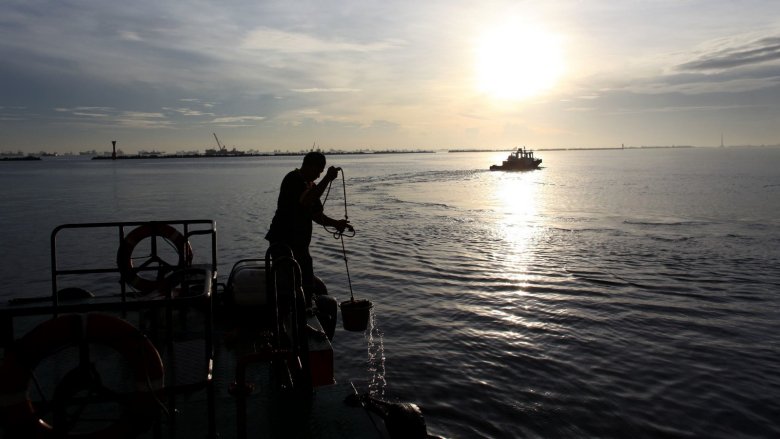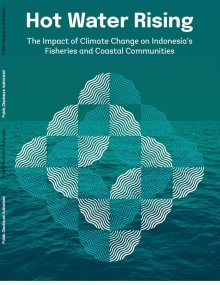Download the full report (.pdf) | Watch the report launch event

The World Bank
Summary:
Indonesia’s fisheries are at the center of these challenges. The fisheries sector contributes. US$26.9 billion annually to the national economy (around 2.6 percent of GDP), 50 percent of the country’s protein, and over 7 million jobs. The impact of climate change on the fisheries sector will thus have important implications for livelihoods, food security, and economic growth. While this is true around the world, few countries have fishery resources as vast as Indonesia’s or depend as much as Indonesia does on fisheries for jobs and protein.
As this report highlights, the importance of ensuring productive and sustainable fisheries in the face of a changing climate is well-recognized. The Government of Indonesia is taking steps toward a climate-resilient marine and coastal economy through investment in infrastructure, technology, capacity-building, and governance. To learn more, download our report here.
